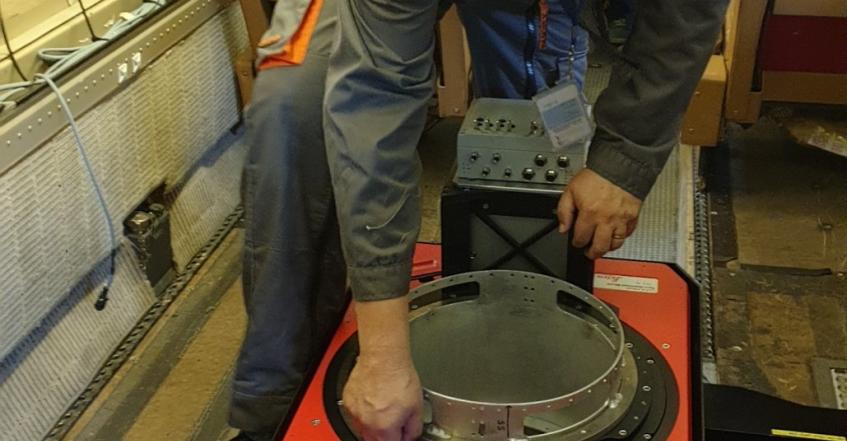
Demonstration campaign under way!
The demonstration airborne campaign will be the highlight of the SCARBO project. The main objectives of this campaign are to perform a proof of concept of the NanoCarb miniaturised prototype sensor - raising it from a technology concept (TRL2) to a validated technology in relevant environment (TRL5) - and to demonstrate, for the very first time, the improved aerosol correction for Green House Gas retrievals using real measurements.
In order to reach these objectives, two sensors will be embarked on a Falcon-20 from project partner SAFIRE:
- The NanoCarb airborne prototype, co-developed by the University of Grenoble and ONERA, for the monitoring of CO2 plumes,
- SPEXairborne (Spectro-polarimeter for Planetary EXploration), co-developed by Airbus-NL and SRON for aerosol measurements
With co-located Spectrometer and Multi-Angle Polarimeter measurements, the airborne campaign will be the first combined CO2 and aerosol airborne remote sensing experiment.
The demonstration campaign was originally planned in May 2020 but due to the COVID-19 pandemic, the consortium had to cancel the flights and work on an alternative time slot. Three instruments were initially planned for the campaign, NanoCarb airborne, SPEXairborne and the MAMAP instrument (Methane Airborne MAPper), developed by the University of Bremen, used as a CO2 reference measurement instrument. Unfortunately, the COVID-19 sanitary measures prevented the participation of the University of Bremen to the October campaign. Mitigation actions are been investigated to use MAMAP data existing from previous campaigns in 2012 and 2018 over the same CO2 power plants and compare them to the data measured by NanoCarb.
The flight trial campaign base camp has been installed in Toulouse’s Francazal airport, in SAFIRE premises. The campaign flights are planned from the 2 to 16 October 2020.
The preparation of the campaign is in full swing for the SCARBO team, with the NanoCarb team (UGA and ONERA) at work since 21 September, and the integration of the NanoCarb prototype onto the Falcon-20. Targets and flight scenarios have been defined and are in the final fine tuning phase. The main objective is the monitoring of strong CO2 emitters (ideally power plants above 20 Mt/year) over Germany and Poland and the monitoring of high aerosol loading (Aeronet stations) over Italy and Spain. Flights over TCCON stations are also foreseen for validation as well as flights over calibration scenes to support NanoCarb measurements.
If the exploitation of the campaign measurements is conclusive, a significant scientific breakthrough will have been achieved, with a direct benefit for future satellite GHG space-borne missions.


